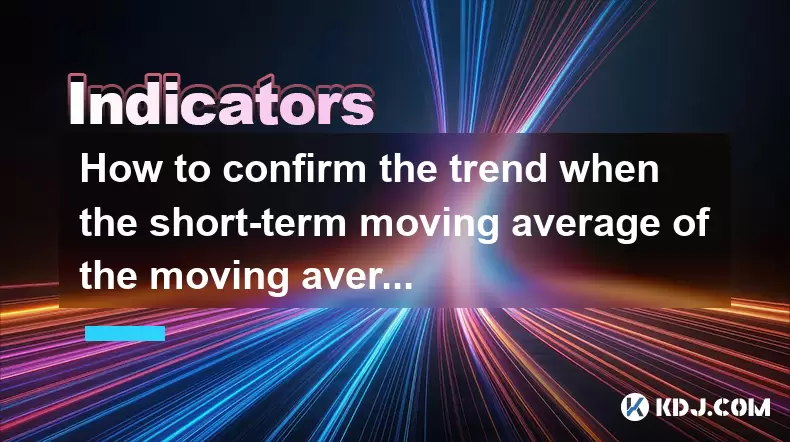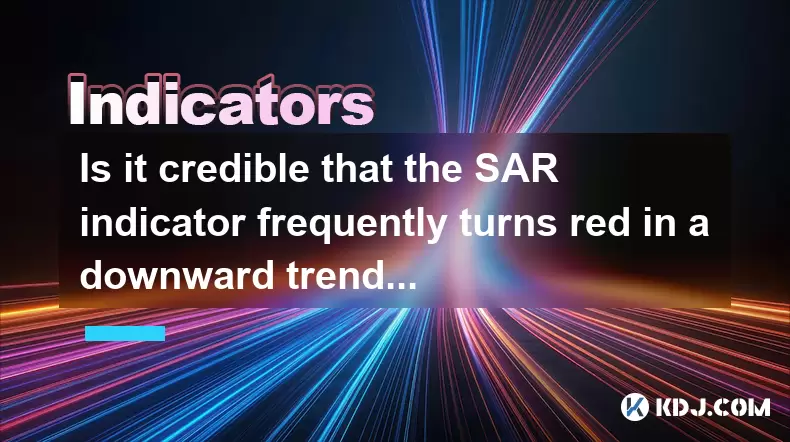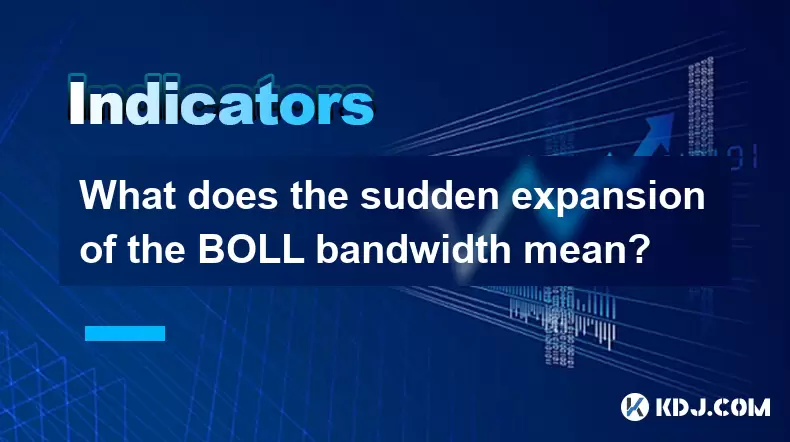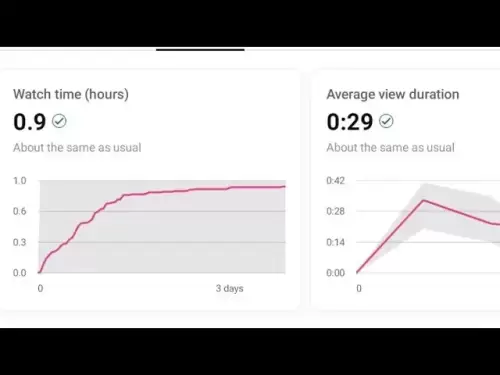-
 Bitcoin
Bitcoin $103,456.1111
0.49% -
 Ethereum
Ethereum $2,414.9631
0.02% -
 Tether USDt
Tether USDt $1.0006
0.05% -
 XRP
XRP $2.1083
0.24% -
 BNB
BNB $634.8760
-0.76% -
 Solana
Solana $139.8437
1.94% -
 USDC
USDC $0.9998
-0.01% -
 TRON
TRON $0.2737
0.97% -
 Dogecoin
Dogecoin $0.1602
0.20% -
 Cardano
Cardano $0.5737
1.08% -
 Hyperliquid
Hyperliquid $32.9779
-2.54% -
 Bitcoin Cash
Bitcoin Cash $474.8886
-1.80% -
 Sui
Sui $2.6272
-1.99% -
 Chainlink
Chainlink $12.4878
0.14% -
 UNUS SED LEO
UNUS SED LEO $8.9234
0.35% -
 Stellar
Stellar $0.2411
-0.18% -
 Avalanche
Avalanche $17.0274
-0.70% -
 Toncoin
Toncoin $2.8936
-1.11% -
 Shiba Inu
Shiba Inu $0.0...01112
-0.58% -
 Litecoin
Litecoin $82.6982
1.33% -
 Hedera
Hedera $0.1423
-0.05% -
 Monero
Monero $314.8455
3.26% -
 Ethena USDe
Ethena USDe $1.0006
0.01% -
 Polkadot
Polkadot $3.4043
1.14% -
 Dai
Dai $0.9999
0.01% -
 Bitget Token
Bitget Token $4.2848
-0.13% -
 Uniswap
Uniswap $6.8748
-5.45% -
 Pepe
Pepe $0.0...09661
0.52% -
 Pi
Pi $0.5359
1.19% -
 Aave
Aave $242.9168
-1.03%
How to confirm the trend when the short-term moving average of the moving average system is repeatedly entangled?
"Entangled moving averages in crypto trading signal market indecision, requiring context, additional indicators, and risk management to navigate false signals effectively."
Jun 21, 2025 at 11:00 pm

Understanding the Moving Average System
In technical analysis, moving averages are one of the most widely used tools for identifying trends in cryptocurrency markets. The moving average system typically includes both short-term and long-term moving averages, such as the 9-day and 21-day exponential moving averages (EMA). When the short-term moving average repeatedly crosses over or under the long-term moving average, it creates a situation known as "entanglement." This often confuses traders who rely on crossovers to signal trend changes.
What Causes Moving Averages to Entangle?
Entanglement occurs when price action is volatile and lacks a clear directional bias. In such cases, the short-term moving average oscillates around the longer-term average without establishing a definitive crossover. This phenomenon is common during consolidation phases, sideways markets, or periods of low trading volume. It’s important to recognize that entanglement doesn't necessarily indicate a reversal or continuation; instead, it reflects market indecision.
Identifying Market Context Before Analyzing Crossovers
Before interpreting the significance of repeated crossovers, it's crucial to assess the broader market environment. Consider the following:
- Is the asset trading within a well-defined support and resistance range?
- Are there recent news events or macroeconomic factors influencing volatility?
- What is the behavior of volume during these crossovers?
By understanding the context, traders can avoid false signals generated by short-term moving average fluctuations. For instance, if the price is consolidating near a key support level, the repeated crossovers may not be reliable indicators of a downtrend.
Using Additional Indicators to Confirm Trend Direction
To reduce ambiguity caused by entangled moving averages, incorporate other technical indicators into your analysis. Here are some recommended tools:
- Relative Strength Index (RSI): Helps identify overbought or oversold conditions that might precede a breakout from consolidation.
- MACD (Moving Average Convergence Divergence): Offers insights into momentum shifts and potential trend reversals.
- Volume Profile: Reveals areas where significant trading activity has occurred, which could serve as future support or resistance levels.
These tools complement the moving average system, especially when the short-term line is tangled with its longer-term counterpart. By cross-referencing multiple signals, you increase the probability of making informed decisions.
Applying Multiple Timeframe Analysis
One effective strategy to confirm trend direction amid entangled moving averages is to analyze multiple timeframes. For example:
- If the short-term moving average is entangled on the 1-hour chart, check the 4-hour or daily chart to determine the dominant trend.
- Look for confluence between higher timeframe trends and current price action.
- Pay attention to whether the price is above or below key moving averages on higher timeframes.
This approach helps filter out noise and provides a clearer picture of the underlying trend. Traders often find that what appears as indecision on a lower timeframe aligns with a strong trend on a higher timeframe.
Monitoring Price Action and Candlestick Patterns
Price action plays a critical role in confirming trend direction when moving averages are entangled. Observe the following candlestick behaviors:
- Bullish engulfing patterns forming after a period of consolidation may suggest an upcoming uptrend.
- Bearish pin bars appearing at resistance levels could indicate a potential reversal.
- Inside bars and dojis often reflect market hesitation and may precede breakouts.
These patterns provide visual cues that help traders interpret the short-term moving average movements more effectively. When combined with support/resistance levels, they offer a robust framework for decision-making.
Implementing Risk Management Strategies
When dealing with entangled moving averages, it’s essential to implement strict risk management protocols. Here are some steps to consider:
- Set tight stop-loss orders based on recent volatility.
- Use position sizing techniques to control exposure.
- Avoid over-leveraging during periods of uncertainty.
- Wait for confirmation before entering trades triggered by moving average crossovers.
By managing risk appropriately, traders can protect their capital while waiting for clearer trend signals to emerge.
Frequently Asked Questions
Q: Can I still use moving averages effectively during ranging markets?
Yes, but with caution. During ranging markets, moving averages tend to produce false signals due to frequent crossovers. To mitigate this, combine them with range-bound indicators like Bollinger Bands or Donchian Channels.
Q: How do I know when the entanglement phase ends?
Watch for a decisive breakout above or below key support/resistance levels. Also, look for increased volume and sustained movement away from the tangled area. These signs often indicate the resumption of a trend.
Q: Should I ignore all signals during entanglement?
Not necessarily. You can still monitor signals but should wait for additional confirmation from other indicators or price action before acting. Entanglement doesn’t eliminate valid signals—it simply increases the likelihood of false ones.
Q: Are certain moving average combinations better for reducing entanglement?
Yes, using different types of moving averages (e.g., EMA vs. SMA) or varying lengths can reduce the frequency of crossovers. Some traders prefer combining a fast EMA (like 5-period) with a slower SMA (like 50-period) to smooth out the signals.
Disclaimer:info@kdj.com
The information provided is not trading advice. kdj.com does not assume any responsibility for any investments made based on the information provided in this article. Cryptocurrencies are highly volatile and it is highly recommended that you invest with caution after thorough research!
If you believe that the content used on this website infringes your copyright, please contact us immediately (info@kdj.com) and we will delete it promptly.
- Is Ruvi AI the Next Binance Coin (BNB)? Audited Token Heats Up!
- 2025-06-22 02:25:12
- Altcoins to Watch: Kaanch Heats Up as Solana Cools Down
- 2025-06-22 02:45:11
- Shiba Inu's Market Woes: Crash Predictions and a New Meme Coin on the Rise
- 2025-06-22 02:25:12
- Sahara Token Rockets 40389% on Binance Listing Announcement: A New Era?
- 2025-06-22 02:45:11
- Crypto Coins 2025: BlockDAG Leading the Charge
- 2025-06-22 02:50:11
- Shiba Inu's Market Cap Dance: A Crypto Minute-to-Minute in NYC
- 2025-06-22 03:10:43
Related knowledge

Does the sudden contraction of ATR indicate the end of the trend?
Jun 20,2025 at 11:14pm
Understanding ATR and Its Role in Technical AnalysisThe Average True Range (ATR) is a technical indicator used to measure market volatility. Developed by J. Welles Wilder, ATR calculates the average range of price movement over a specified period, typically 14 periods. It does not indicate direction—only volatility. Traders use ATR to gauge how much an ...

Is it invalid if the DMI crosses but the ADX does not expand?
Jun 21,2025 at 09:35am
Understanding the DMI and ADX RelationshipIn technical analysis, the Directional Movement Index (DMI) consists of two lines: +DI (Positive Directional Indicator) and -DI (Negative Directional Indicator). These indicators are used to determine the direction of a trend. When +DI crosses above -DI, it is often interpreted as a bullish signal, while the opp...

How to filter false signals when the SAR indicator frequently flips?
Jun 21,2025 at 08:43pm
Understanding the SAR Indicator and Its BehaviorThe SAR (Stop and Reverse) indicator is a popular technical analysis tool used in cryptocurrency trading to identify potential reversals in price movement. It appears as a series of dots placed either above or below the price chart, signaling bullish or bearish trends. When the dots are below the price, it...

Is the trend continuation when the Williams indicator is oversold but there is no rebound?
Jun 20,2025 at 11:42pm
Understanding the Williams %R IndicatorThe Williams %R indicator, also known as the Williams Percent Range, is a momentum oscillator used in technical analysis to identify overbought and oversold levels in price movements. It typically ranges from 0 to -100, where values above -20 are considered overbought and values below -80 are considered oversold. T...

Is it credible that the SAR indicator frequently turns red in a downward trend?
Jun 22,2025 at 12:07am
What Is a Bitcoin Wallet and Why Do You Need One?A Bitcoin wallet is a digital tool that allows users to store, send, and receive Bitcoin. Unlike traditional wallets that hold physical currency, Bitcoin wallets do not actually store the cryptocurrency itself. Instead, they manage the private keys that grant access to your Bitcoin on the blockchain. Thes...

What does the sudden expansion of the BOLL bandwidth mean?
Jun 21,2025 at 01:49pm
Understanding the BOLL IndicatorThe BOLL (Bollinger Bands) indicator is a widely used technical analysis tool in cryptocurrency trading. It consists of three lines: a simple moving average (SMA) in the center, with upper and lower bands calculated based on standard deviations from that SMA. These bands dynamically adjust to price volatility. When trader...

Does the sudden contraction of ATR indicate the end of the trend?
Jun 20,2025 at 11:14pm
Understanding ATR and Its Role in Technical AnalysisThe Average True Range (ATR) is a technical indicator used to measure market volatility. Developed by J. Welles Wilder, ATR calculates the average range of price movement over a specified period, typically 14 periods. It does not indicate direction—only volatility. Traders use ATR to gauge how much an ...

Is it invalid if the DMI crosses but the ADX does not expand?
Jun 21,2025 at 09:35am
Understanding the DMI and ADX RelationshipIn technical analysis, the Directional Movement Index (DMI) consists of two lines: +DI (Positive Directional Indicator) and -DI (Negative Directional Indicator). These indicators are used to determine the direction of a trend. When +DI crosses above -DI, it is often interpreted as a bullish signal, while the opp...

How to filter false signals when the SAR indicator frequently flips?
Jun 21,2025 at 08:43pm
Understanding the SAR Indicator and Its BehaviorThe SAR (Stop and Reverse) indicator is a popular technical analysis tool used in cryptocurrency trading to identify potential reversals in price movement. It appears as a series of dots placed either above or below the price chart, signaling bullish or bearish trends. When the dots are below the price, it...

Is the trend continuation when the Williams indicator is oversold but there is no rebound?
Jun 20,2025 at 11:42pm
Understanding the Williams %R IndicatorThe Williams %R indicator, also known as the Williams Percent Range, is a momentum oscillator used in technical analysis to identify overbought and oversold levels in price movements. It typically ranges from 0 to -100, where values above -20 are considered overbought and values below -80 are considered oversold. T...

Is it credible that the SAR indicator frequently turns red in a downward trend?
Jun 22,2025 at 12:07am
What Is a Bitcoin Wallet and Why Do You Need One?A Bitcoin wallet is a digital tool that allows users to store, send, and receive Bitcoin. Unlike traditional wallets that hold physical currency, Bitcoin wallets do not actually store the cryptocurrency itself. Instead, they manage the private keys that grant access to your Bitcoin on the blockchain. Thes...

What does the sudden expansion of the BOLL bandwidth mean?
Jun 21,2025 at 01:49pm
Understanding the BOLL IndicatorThe BOLL (Bollinger Bands) indicator is a widely used technical analysis tool in cryptocurrency trading. It consists of three lines: a simple moving average (SMA) in the center, with upper and lower bands calculated based on standard deviations from that SMA. These bands dynamically adjust to price volatility. When trader...
See all articles
























































































